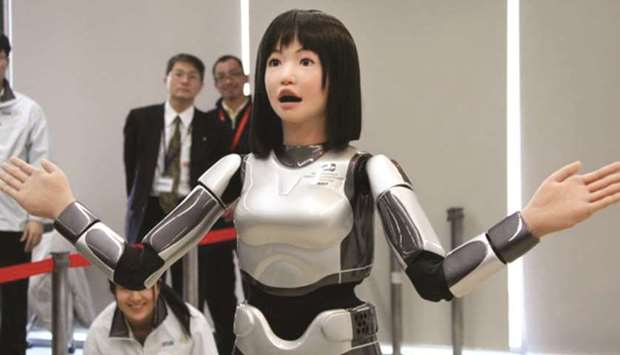That presents an opportunity in a country with a serious labour shortage and a relatively unproductive services sector.
Automation is seen as a key to better productivity and higher wages, which would in turn support consumption and help push inflation closer to the Bank of Japan’s 2% target.
But so far that is happening only slowly, at best, despite the tightest labour market in decades. While productivity in Japan’s manufacturing sector is high, in service industries it has actually declined in recent years, particularly in medical services and food service. The amount of capital per worker provides an indicator of automation.
Rising labour costs – such as through increased hiring – can push the figure down, while capital assets rise when companies invest in automation and other labour-saving technology. As in other developed nations, services dominate Japan’s economy. That means automation has greater potential to push wages and inflation higher.
The government’s new mid-range economic plan recognises the need to spur further investment in automation and other technology to raise productivity, including at small and medium-sized businesses.
Yet there is also a trade-off between automation and higher wages and prices. The BoJ, for example, has pointed to companies’ investment in labour-saving technology – as opposed to offering higher wages – as one reason for limited pay increases. Robert Feldman, senior adviser at Morgan Stanley MUFG Securities, notes that while workers who can use new software and machinery will earn higher wages, the impact of those wage gains on overall prices will be blunted as companies require fewer workers.
“On inflation, we’ve already seen what I would call a tug- of-war between the positive impact on prices of higher wages and the negative impact of cheaper processing costs,” Feldman said.



